Don’t Fall for These 5 Common LED Sign Myths
The biggest critics and skeptics of LED signs are usually people who’ve never used one, never plan to, and aren’t very good at checking the facts.
Obviously I’m a little biased, too. I work for a sign manufacturer, after all; I encourage you to do your own research about LEDs and make your own decision.
But I want to take a look at 5 myths surrounded LED signs and try to set the record straight as objectively as possible. There’s a lot of misinformation going around, like…
LED Signs Get Really Hot
Like many myths circulating about LED signs, the opposite of this statement gets spread around just as much—that LED signs don’t produce any heat.
On the light-producing side of your LED sign (the pretty side), you’ll notice right away that the lights themselves aren’t emitting heat. Contrast that with an incandescent light bulb, for example—the vast majority of electricity entering an incandescent bulb is converted to heat, not light.
However, LED signs are closer to computers than old school light bulbs in that they still generate conductive heat—heat that gets distributed using effective design or contained in a heat sink.
LEDs are designed with increasing sophistication to convert a higher and higher percentage of energy into light, meaning they emit far, far less heat than dull bulbs.
So no, walking past an LED sign won’t cook you like a heat lamp in a fast food restaurant.
LED Signs Are Too Dull For Daytime Use
Or just as commonly, that LED signs are too bright and distracting.
Most of the “facts” people cite about LED signage is completely unsubstantiated, but sounds “true enough” so people accept it as gospel.
If LED signs were too dull in the bright midday sun…then why are so many (most) traffic lights and other roadside displays made with LEDs instead of some “better” alternative?
Surely, the government wants people to see its traffic lights. Right?
At the same time, agencies and lawmakers aren’t going to approve lighting that distracts drivers or pedestrians because it’s too bright. That defies common sense.
LED critics can have it one way or the other—either LED signs don’t work, or they work too well. Either LED signs cause pileups of drivers distracted by their brightness, or pileups at intersections because people couldn’t see the traffic signals.
Neither are true.
LED Signs Aren’t Really Energy-Efficient
No, LED signs aren’t some utopian energy-free light source. But they’re a heck of a lot more efficient than most of our other options.
LEDs are incredibly energy-efficient. They use a fraction of the electricity as other sources, yet magically convert that miniscule amount of electricity into more light.
You might not reverse global warming with your LED sign, but you’re definitely going to save money on electricity compared to a sign made out of halogen or incandescent bulbs.
LED Signs Last Forever
This one is often (falsely) promoted by dishonest LED manufacturers. They paint a picture of your sign standing alone in an apocalyptic future, still shining bright after decades of neglect.
That’s just absurd. Everything has a shelf life—it just so happens that LEDs have a particularly long one.
The individual LEDs in most signs are designed to last more than a decade (with 24/7 use) before they dim past the point of usefulness.
Will they survive until the end of the world? Probably not. But they’re definitely going to last longer than the bulb in your desk lamp.
LED Signs Are Incredibly Cheap/Way Too Expensive
Both statements are sometimes true, and sometimes false.
Are LED signs expensive? If you own a small business, and you consider the cost that professional sports teams and musicians put into LED signs for their stadiums and events…sure, LED signs cost a fortune.
But your small business probably isn’t hosting U2’s farewell tour in your parking lot.
Fact is, there’s an LED sign available for almost any budget, yours included.
On the opposite end of the spectrum, we have signs so cheap they should immediately trigger alarm bells in your head.
Many of these signs are imported from China or other countries with, well…lax quality controls.
Until foreign manufacturers can get their act together and stop mass-producing LED snake oil, I can’t recommend anyone drop their standards in order to save a few bucks.
That decade of life I mentioned earlier? Fat chance with a foreign knockoff.
Closer to the Truth
Dishonest companies and skeptics represent two extremes in opinion, but the truth lies somewhere in the middle.
LED signs aren’t dangerous, they aren’t ineffective, they aren’t destroying the environment, they aren’t overheating left and right, and they aren’t an advertising medium that only the rich and famous can afford.
If you want to get closer to the truth, ask one of the many business owners who already have an LED sign. They all seem to know what they’re talking about.
Source: www.megasigninc.com






